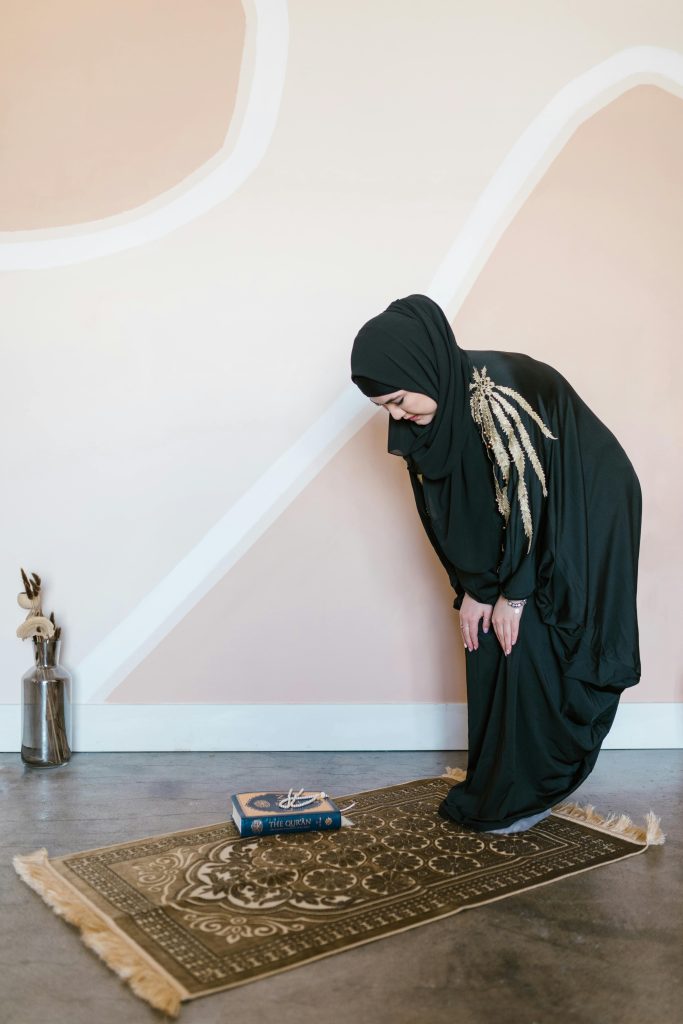14.4 Impact of Cultural and Religious Values and Beliefs on Care of Pediatric Clients
Pediatric clients, as well as their parents or caregivers, may have a variety of responses to illness and hospitalization that are impacted by cultural and religious beliefs. Cultural competence refers to providing health care that meets the cultural and religious needs of clients. When culturally competent care is provided, clients tend to have better health care outcomes. When cultural competence is lacking, clients may be dissatisfied with their care or perceive the care they receive to be low in quality. Cultural and religious values and beliefs can also affect what type of health care is sought, what treatments are acceptable, how pain is perceived, who makes the client’s health care decisions, and how the client and family communicate with health care providers. It is essential for nurses to provide culturally responsive care to pediatric clients and their families.[1],[2]
See an example of culturally responsive care in the following box.
Example of Culturally Responsive Care
In families of Muslim faith, the father is the decision-maker. Therefore, all questions should be directed to him (as opposed to the child or other parent or caregiver). It may be unacceptable for a female client to have a male nurse or health care provider. Additionally, families may be required to pray five times a day, so timing of medical procedures or treatments may need to be scheduled to allow for prayer. See Figure 14.8[3] for an image of a Muslim parent preparing for daily prayer.

Although it is not possible for nurses to become aware of the nuances of every religion and culture, there are some general guidelines that should be followed for all clients. These are as follows[4],[5]:
- Be respectful and accept a client or family’s cultural or religious beliefs in a nonjudgmental manner.
- Ask how staff can support the client’s cultural and/or religious beliefs or rituals during hospitalization.
- Request services of trained interpreters when communicating with clients who do not use English as their primary language instead of using family members.
- Observe and mirror eye contact, facial expressions, body language, and other nonverbal communication used by the client and their family members.
- Apologize if mistakes are made related to a client’s cultural or religious beliefs.
Review additional information about culturally responsive care in the “Diverse Clients” chapter of Open RN Nursing Fundamentals, 2e.
Read more information about “Common Religions and Spiritual Practices” in the “Spirituality” chapter of Open RN Nursing Fundamentals, 2e.
- Swihart, D. L., Yarrarapu, S. N. S., & Martin, R. L. (2023). Cultural religious competence in clinical practice. StatPearls [Internet]. https://www.ncbi.nlm.nih.gov/books/NBK493216/ ↵
- Hartog, J., & Hartog, E. A. (1983). Cultural aspects of health and illness behavior in hospitals. The Western Journal of Medicine, 139(6), 910–916. https://www.ncbi.nlm.nih.gov/pmc/articles/PMC1011024/ ↵
- “pexels-photo-724925” by RDNE Stock project via Pexels.com is licensed under CC0 ↵
- Swihart, D. L., Yarrarapu, S. N. S., & Martin, R. L. (2023). Cultural religious competence in clinical practice. StatPearls [Internet]. https://www.ncbi.nlm.nih.gov/books/NBK493216/ ↵
- Hartog, J., & Hartog, E. A. (1983). Cultural aspects of health and illness behavior in hospitals. The Western Journal of Medicine, 139(6), 910–916. https://www.ncbi.nlm.nih.gov/pmc/articles/PMC1011024/ ↵
Providing health care that meets the cultural and religious needs of clients.

